Interview with Iain McKell
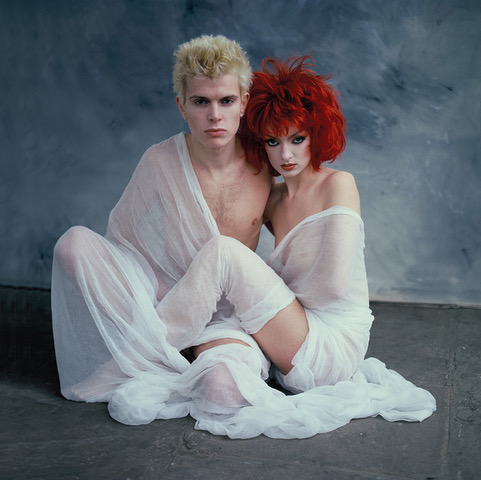
Billy Idol & Perri Lister

Chris Sullivan
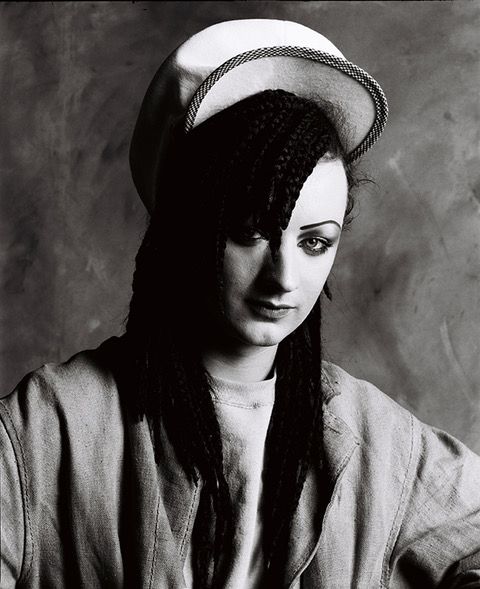
Boy George
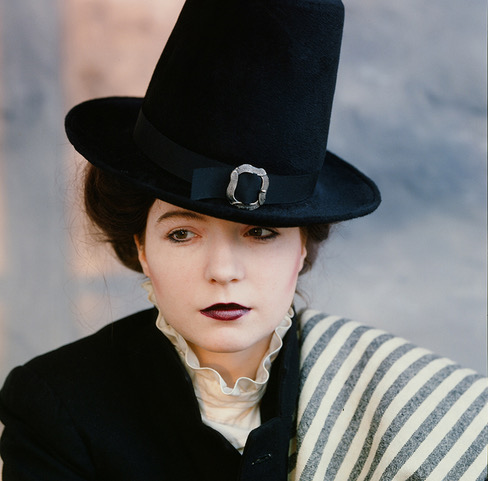
Kim Bowen
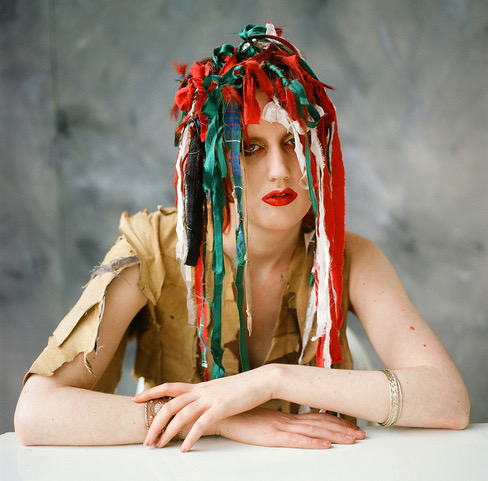
Mia

Perri Lister

Billy Idol

Jon Baker

Princess Julia
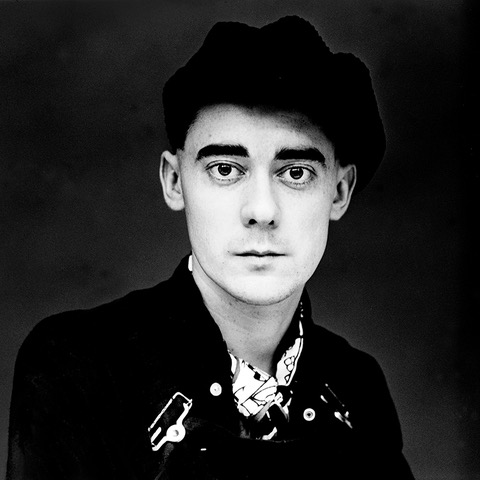
Stepen Linard
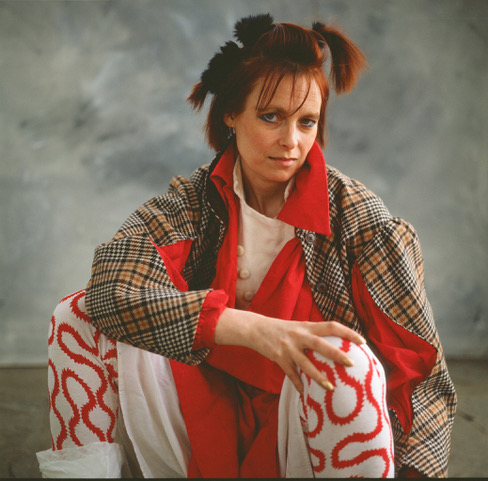
Vivienne Westwood
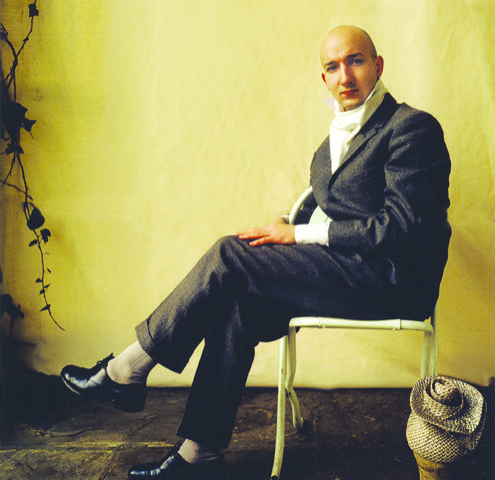
Stehen Jones

Ronny
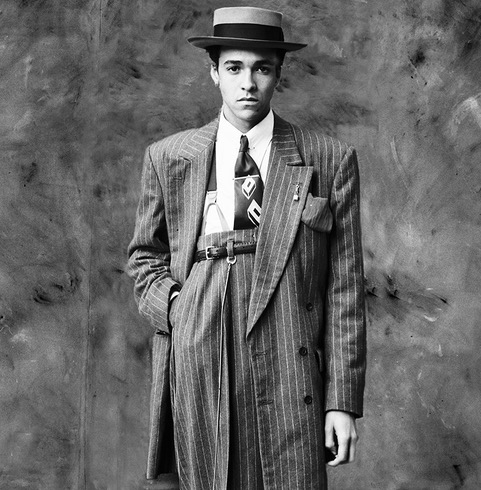
Boy wearing a Chris Sullivan zoot suit
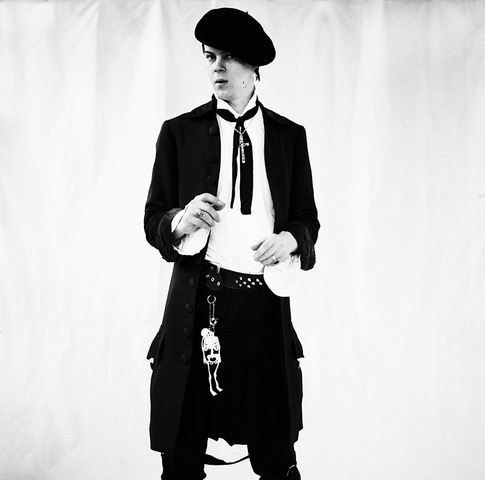
Mark May
Before it became a look, the New Romantics were a feeling, an attitude pulsing through London’s nightclubs, thrift stores, and art schools. Photographer Iain McKell caught that energy before it had a name, turning up at The Orangery with his camera and an open call. The faces he photographed included Boy George, Vivienne Westwood, Stephen Jones whom would go on to shape culture as we know it. Forty years later, McKell’s portraits resurface in a new book that reminds us what it means to create yourself from nothing.
You photographed the New Romantics before the movement even had a name. Looking back at those portraits now, how does it feel to see them collected in one volume after more than forty years?
It’s incredibly satisfying. Over a lifetime, to finally complete this project and see the true outcome of such a remarkable subcultural movement feels very rewarding.
Many of your sitters, Boy George, Vivienne Westwood, Stephen Jones went on to shape global culture. Did you sense their potential at the time?
Yes, very much so. It was obvious to me that this was the beginning of something new. Boy George stood out from the crowd even then - before Culture Club, when he was still working in the cloakroom, his charisma was undeniable.
The open-call format meant anyone could step in front of your lens. What was the atmosphere like in The Orangery on those Thursdays?
The club nights were on Tuesdays, but I did the sittings on Thursdays. The atmosphere was relaxed and full of energy, people simply turned up, enthusiastic and ready to be photographed. Although it was February, The Orangery had central heating, so it felt warm and cosy, almost like a creative refuge.
You once described youth culture as a kind of “flowing consciousness,” like a flock of birds moving together. Do you see that same collective energy in the New Romantic portraits?
Absolutely. There was an unspoken understanding, everyone knew who they were and what they represented. There was a shared identity, a collective vibe that connected them all.
Chris Sullivan called the New Romantics “a rebellion of a different kind.” What do you think they were rebelling against?
Against the notion of the 9-to-5. These were creative individuals breaking new ground through individuality, colour and charisma. It wasn’t just about dressing up for a night out, it was a way of life. Being authentic was their most powerful tool. They believed in themselves, and the future belonged to them. They owned it.
Punk stripped things back, while New Romanticism swung towards glamour and fantasy. Do you see them as opposites or two sides of the same coin?
The New Romantics came out of punk, it was the same attitude, just expressed differently. Less aggression, more imagination. And I wouldn’t call it excess - no one had money. They lived day to day, but through hardship came creativity. They dreamed of success in music, fashion, film, dance, photography and art.
Having documented so many tribes, do you think British youth culture today carries the same urgency?
Yes, it’s just different now. I live in Brighton, and the alternative scene here is still very much alive just expressed in new ways.
You’ve said before that some images just stay iconic without you quite knowing why. Four decades later, what do you think gives these portraits their staying power?
Taking them out of the clubs and into a formal setting gave them a sense of purpose. Asking them to make the effort, to dress up, make the journey, and sit for me created a shared vision. We all knew it mattered. That effort shows in the images. The book now ties it all together, a coherent message of elegance, confidence, and shared aspiration.
The Blitz Kids dressed to be seen. Has that impulse changed now that so much self-expression happens online?
Not really it’s just shifted. People still dress to be seen, only now it’s through screens. Everyone’s obsessed with themselves. Andy Warhol was right - everyone gets their fifteen minutes.
Younger generations are rediscovering your work. What do you hope they take from these images?
It’s fascinating how much the younger generation connects with it. I think they see it on many levels - cultural, historical, creative. The portraits go beyond fashion; they capture personality, individuality, even soul.
When you look back on your body of work as a whole, what story about Britain do you hope it tells?
The truth. Or rather, my truth.
Iain McKell is self publishing the photo book New Romantics under the imprint Little Acorns Press. To purchase a copy for £35 + Postage and packaging go to Iain’s Shop at www.iainmckell.com